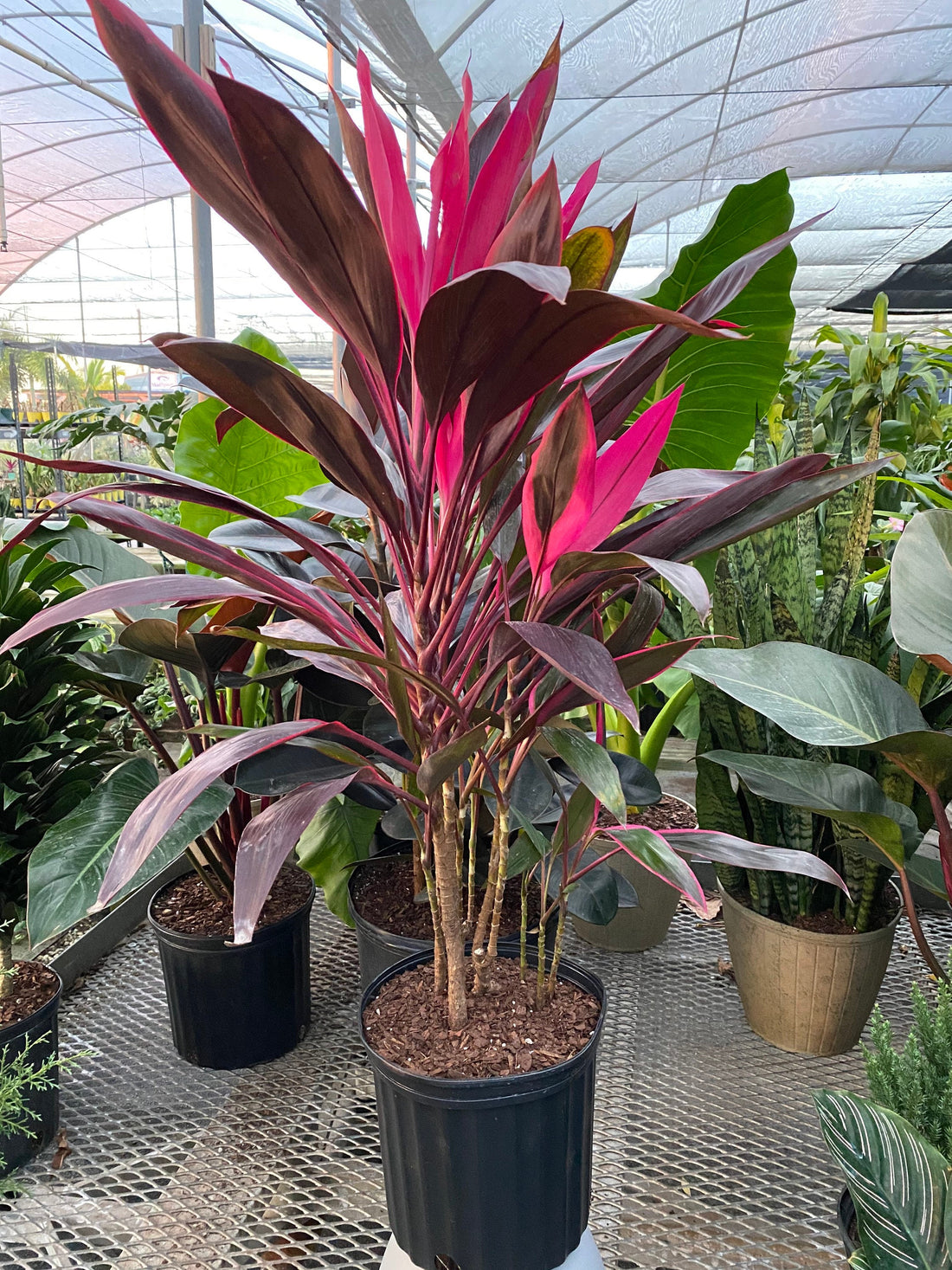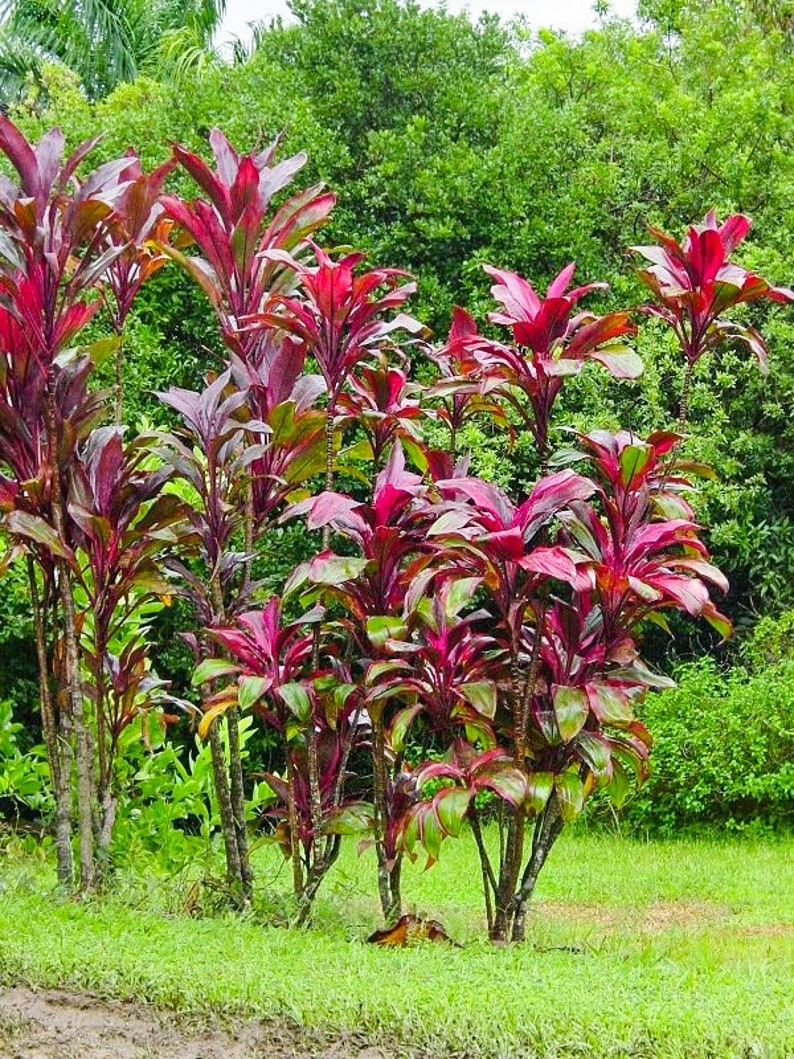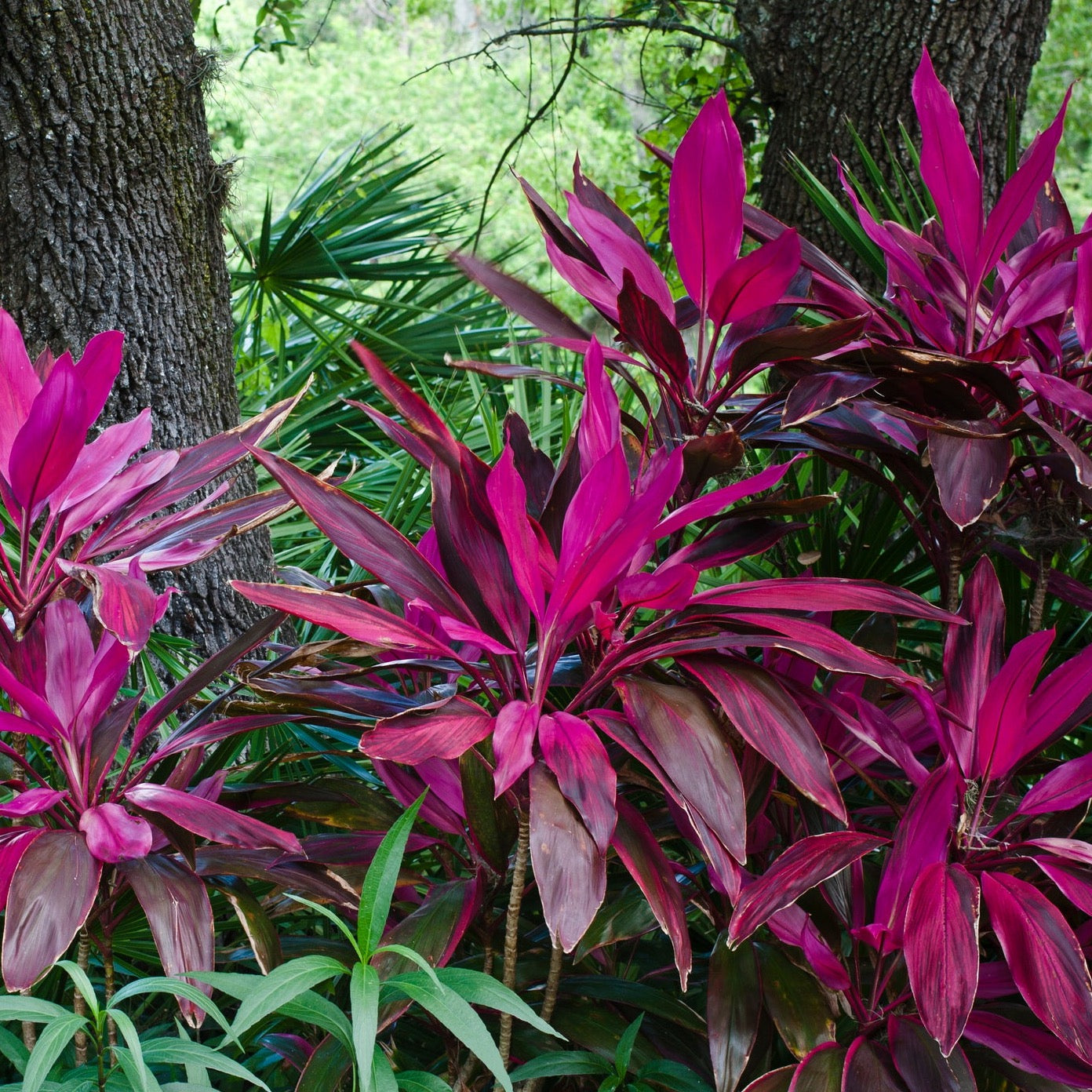Red Sister Plant: A Vibrant Addition to Your Indoor Garden Bliss

The first time I brought home a Red Sister (Cordyline fruticosa), it was an impulse buy at a discount table in Honolulu’s Kaimuki neighborhood back in early 2019. I thought, “How hard could it be?” and, armed with a generic care tag, plopped it into my living room. Within two weeks, those electric magenta leaves were fading to muddy green—fast. That was the wake-up call: if you want show-stopping color from a Red Sister, you need more than standard plant advice.

Here’s what actually works, drawn from real misses (and eventual wins) growing these plants in apartments, sunrooms, and backyards from humid Hawaii to dry inland California.
What Has (and Hasn’t) Worked for Me With Red Sister Plants
What You’ll See Up Close
Red Sisters are drama queens—and in the best way. Their leaves can reach two feet long, unfurling slowly like party streamers straight out of the crown. When healthy and happy, the reds almost glow under even indirect light—think fresh lipstick or pomegranate seeds just split open.
But get their conditions wrong (I’ve done this!) and they’ll fade so fast you’ll swear someone painted over them with brown watercolor.
The Lighting Reality Check
Forget those stock photos of lush Cordylines thriving on coffee tables far from any windows. On my third attempt growing one indoors in Sacramento—a north-facing unit—I experimented:
- First try: Four feet from an east window → leaves dulled within a month.
- Second try: Right on the sill (indirect morning light) → deepest reds lasted all year.
- Surprise lesson: Leaning too hard into “indirect” light makes them drab; they want lots of brightness but little harsh afternoon sun.
What actually worked:
- South or east windows with filtered curtains
- Outdoor shade between 10am–2pm if conditions allow
- Rotating the pot every two weeks keeps leaf color consistent all around
Visual hack: Hold your hand about eight inches above your plant around midday—if you see a clear shadow but not sharp edges, the light is just right.

My Soil & Potting Shortcuts
Here’s where I nearly killed my first Red Sister: heavy potting soil from discount store mixed with regular yard dirt. It stayed soggy forever; roots rotted silently until leaf tips turned black within three weeks.
Fix that finally stuck:
- I switched to FoxFarm Ocean Forest soil mixed 2:1 with perlite. This combo dries out quickly enough that root rot isn’t much of a threat.
- Clay or terra-cotta pots—not plastic—help evaporate excess moisture faster in humid climates.
- Always use pots with drainage holes; skip water trays unless you’re religious about emptying them after each watering.
Saving grace trick: If you ever suspect too-wet soil, gently lift the plant out and smell the roots—they should be earthy, not sour or musty. Mushy roots mean trouble; trim them back before repotting!
How Not to Water Your Red Sister (Based on Sweat-Inducing Mistakes)
The worst culprit for droopy or yellowing leaves? Thoughtless watering routines.
After losing one plant during an especially hot July week (I watered “just in case” every other day), I cut to this system:
- Stick your finger down into the soil—don’t cheat! Only water when the top inch is dry and crumbly, not just cool or slightly damp.
- Soak thoroughly until it runs out the bottom; let ALL extra water drain away immediately.
- In winter or AC-heavy rooms? Wait longer between waterings! The risk is root rot with cold/damp soil.
Bonus tip learned by accident: Low humidity = brown tips no matter how careful you are about watering during heating season. Setting up a $25 Levoit humidifier nearby changed everything—they grew new red foliage even in January dry air.
Anyone else notice these sound like houseplants throwing fits? They kind of are—but once dialed in, they’re reliable performers for years.

Temperature Tolerances (And What Happens When You Ignore Them)
Plants don’t lie: After leaving mine next to a leaky San Francisco sash window overnight when temps dipped below 50°F… within days those dramatic leaves started curling like burnt toast.
Their sweet spot:
- Consistent warmth: 65°F–85°F is optimal
- Anything below 60°F = warning zone
- Never expose outdoor plants to frost—the damage is instant and often fatal
For patio growers: I set up weather alerts on my phone so I’d remember to bring containers inside anytime nights threatened dropping under 60°F—even if neighbors rolled their eyes at me lugging planters mid-dinner party!
Fertilizer Experiments That Actually Paid Off
Once upon a time I figured “more food = more color.” Rookie mistake! Over-fertilizing gave me crispy leaf edges rather than richer hues.
What has worked best:
- Once monthly feeding March through September only—Schultz Liquid Plant Food diluted at half strength
- Skip entirely November–February even if growth seems sluggish; forcing nutrients in off-seasons only stresses roots
- Every four months flush pots thoroughly with clean water to wash away salts that can build up invisibly
Metric alert: My most vibrant specimen put out six new leaves between April and June using this schedule—with zero burned tips all summer.
Safety Check for Homes With Pets
Personal confession here—the first time my cat nibbled on a fallen Cordyline leaf edge led to a frantic online search at midnight. Turns out Red Sisters do contain saponins that can cause vomiting for pets if chewed. Since then, they've been relegated only to high bookcases and patio plant stands well clear of curious paws—or moved outdoors entirely where pets can’t access them.

Pet owners: If there’s any chance your animal will reach it, find another home for your Red Sister—or use hanging baskets instead!
Propagation Hack From Trial-and-(Happy)-Error
Want spare plants? Spring is when Cordyline stems are most eager to root:
- Snip off six-inch tips when pruning leggy stalks
- Let cuttings air-dry (“callous”) for one day before burying halfway into moist perlite/soil mix
- Keep warm (75°F+), cover loosely with clear plastic bag for humidity—roots form by week three
I used this method last May after lopping off lanky tops post-winter slump—every single cutting survived and now two brighten up my front porch planters as bonus color pops.
Common Issues I've Faced & Quick Fixes
Washed Out Leaves
Usually means too little light or fertilizer salt buildup.
Remedy: Move closer to sunlight and flush pot with gallon of water to dissolve salts every few months; expect color bounce-back by next growth cycle.
Persistent Droopiness/Wilting
First check soil—the odds favor overwatering! Dig gently near base; blackened soft roots should be snipped and plant rehomed into fresh dry mix pronto!
Pests
Spider mites love dry heaters come winter—look for fine webs between stems/leaves.
My fix: Wipe down weekly with damp microfiber cloth + biweekly spray of Safer Brand insecticidal soap until gone; never let mites win for long!

Cost Breakdown (So You Don’t Overpay Like I Did)
Starter plant at local nursery (2024): $14–20
12" decorative clay planter: $18
One bag premium tropical houseplant mix/perlite combo: $15
Liquid fertilizer bottle lasts one year: $8
Decent tabletop humidifier*: $25 (*optional but highly recommended in heated homes)
Total startup cost? Around $60–$80—but consider YEARS of statement foliage payoff vs cheaper filler plants you replace every season!
That said—I still use dollar-store plastic saucers under terra cotta pots because after dozens of moves/transplants, function always wins over fancy matching accessories...
The Bottom Line - Real Results If You’ve Got Two Thumbs Left
Red Sisters aren’t invincible—but they are forgiving once you dial in bright filtered light, warmth above 60°F, decent drainage…with minimal fuss otherwise! Honestly? Even my failed starts came roaring back once basics were fixed—if pale leaves show up again this year after moving apartments (#relatable), history tells me exactly how they'll bounce back within weeks.
If a mistake happens along the way—and trust me, it will—that’s normal! Each setback makes next season easier.
So go ahead:
- Pick a sunny(ish) spot,
- Grab good soil/draining pot,
- Watch daily til habits stick,
- Flex your new houseplant confidence as colors deepen from green wine to wild berry fizz...
People—even ones who never notice plants—will ask what that “gorgeous pink thing” is by week three…and next thing you know you'll be passing along cuttings yourself!
Happy growing—from someone who learned every tip here by rooting more than just plants...but stubbornly persistent attempts!



